
Ben Gantt is a student at Harvard Law School and a member of the Labor and Employment Lab.
Recent advances in AI have reshaped a variety of workplaces. This is particularly true among white-collar workers, 27% of whom report regularly using AI at work (as compared to only 9% of blue-collar workers). Granted, extreme predictions about widespread job displacement have yet to come to fruition, as the number of work tasks that AI can fully automate is currently low. Nevertheless, future advances in AI agents — AI systems that can function autonomously with limited or no human oversight — promise to transform many more workplaces.
Amidst this rapid progress, employers have significant discretion to decide whether, and to what extent, they will automate their workforces. But this discretion is not absolute. Collective bargaining agreements have long protected workers from their employer’s desire to automate. For example, longshoremen unions in the 1960s secured a Modernization and Mechanization Agreement that provided employment security for dock workers who faced threats from increased mechanization. And more recently, several unions — including those representing screenwriters, actors, and casino workers, among others — have successfully secured protections against AI automation.
In this post, I argue there is another set of circumstances where an employer’s discretion to automate should be restricted: when employees are engaged in a strike. While existing law allows employers to permanently replace workers on economic strikes with other humans, the law is ambiguous as to whether employers may permanently automate the jobs of workers on economic strikes. This post offers a framework to resolve this legal ambiguity: employers should bear the burden of proof that their decision to automate the work of economic strikers is grounded in legitimate business reasons, rather than a retaliatory motive. Absent such proof, such automation should be viewed as unlawful. Because employers may never permanently replace unfair labor practice strikers, with other human workers or with technology, the analysis here focuses on economic strikers.
Part I: Economic Strike Doctrine
§13 of the National Labor Relations Act (NLRA) broadly protects the right to strike. Specifically, it establishes that nothing in the NLRA, “except as specifically provided for herein, shall be construed so as to either interfere with or impede or diminish in any way the right to strike or to affect the limitations or qualifications of that right.” §7, moreover, protects employees’ right to engage in “concerted activities” for “mutual aid and protection,” and §8(a)(1) renders it an unfair labor practice for an employer “to interfere with, restrain, or coerce employees in the exercise of” these rights.
However, courts and the NLRB offer different protections to workers depending on the basis for their strike. When workers strike in response to an unfair labor practice that their employer has committed, the employer is not permitted to permanently hire workers to replace them. But employers may hire permanent replacements when their workers strike for economic reasons. In NLRB v. Mackay Radio & Telegraph Co., the Supreme Court affirmed an employer’s ability to hire permanent replacement workers during an economic strike because an employer must be able “to protect and continue his business.”
Nearly 30 years later, the Court offered a new formulation for when employers could refuse to reinstate workers engaged in an economic strike. In NLRB v. Fleetwood Trailer Co., the Court held that “unless the employer who refuses to reinstate strikers can show that his action was due to ‘legitimate and substantial business justifications,’ he is guilty of an unfair labor practice [under NLRA §8(a)(3)].” Permanently hiring replacement workers may be one example of a legitimate and substantial business justification, but it is not the only possible one. The Fleetwood Court raised this possibility in dicta, acknowledging an argument raised by the NLRB that there may be instances where “the striker’s job has been eliminated for substantial and bona fide reasons other than considerations relating to labor relations” such as “the need to adapt to changes in business conditions or to improve efficiency.”
Some lower courts have interpreted Fleetwood to mean that employers can refuse to rehire workers engaged in an economic strike when changed economic conditions justify it. For example, in Kurz-Kasch, Inc. v. NLRB, the Sixth Circuit held that an employer could refuse to rehire a striking worker if “it had substantial and legitimate business reasons for deciding that the post was no longer economical.” Similarly, in NLRB v. Southern Florida Hotel & Motel Ass’n, the Eleventh Circuit held that “the labor laws have never guaranteed an economic striker that his job will be there when the strike is over.”
However, courts will not always defer to an employer’s refusal to reinstate striking workers. In Mackay, for instance, the Court clarified that an employer may not discriminate in its reinstatement decisions (such as by refusing to reinstate only the most active union organizers). And in New England Health Care Employees Union v. NLRB, the Second Circuit found that an employer’s decision to secretly hire permanent replacement workers demonstrated it had an “independent unlawful purpose” to “break a union.”
Part II: Automation in Economic Strikes
None of these cases squarely address whether the law permits an employer to permanently automate the work of economic strikers. But the doctrine does offer a clear dichotomy: if an employer refuses to rehire economic strikers for “legitimate and substantial business justifications,” that is lawful. But if an employer refuses to do so because of an “independent unlawful purpose,” that is not.
An employer’s decision to permanently automate the work of economic strikers should presumptively fall in the latter category. The reason for this is simple: automation has a retaliatory character when done amidst an economic strike. An employer’s decision to initiate automation only after a strike has commenced suggests the employer may have an “independent unlawful purpose” to punish striking workers or to break the union.
The Board would, of course, give employers the opportunity to rebut the presumption that their behavior is unlawful. Although likely an unusual situation, an employer might offer proof that it had already automated a significant portion of its workforce prior to the strike’s commencement. Alternatively, an employer could argue that technological improvements during the strike rendered it more economical to automate aspects of its workforce than to permanently hire human replacement workers. Such arguments, although often likely pretextual, might in certain instances convince the Board that the employer had “legitimate and substantial business justifications.”
A harder question might arise if the employer argues that the strike itself renders automation more economically efficient than rehiring striking workers. An employer might argue that the fact of the strike proves that human workers are more costly than automated systems, and therefore that the employer has a rational economic basis for replacing the former with the latter. But to overcome the presumption of retaliation, the employer must make an affirmative case about the specific ways that the strike increased costs, and why automation is more economically efficient after the strike than it was before.
This proposed framework coheres with the existing doctrine on economic strikes by distinguishing between lawful and unlawful refusals to rehire striking workers. It protects workers’ right to strike, while also respecting employers’ legitimate business interests. And it offers clarity and predictability in an ambiguous area of law.
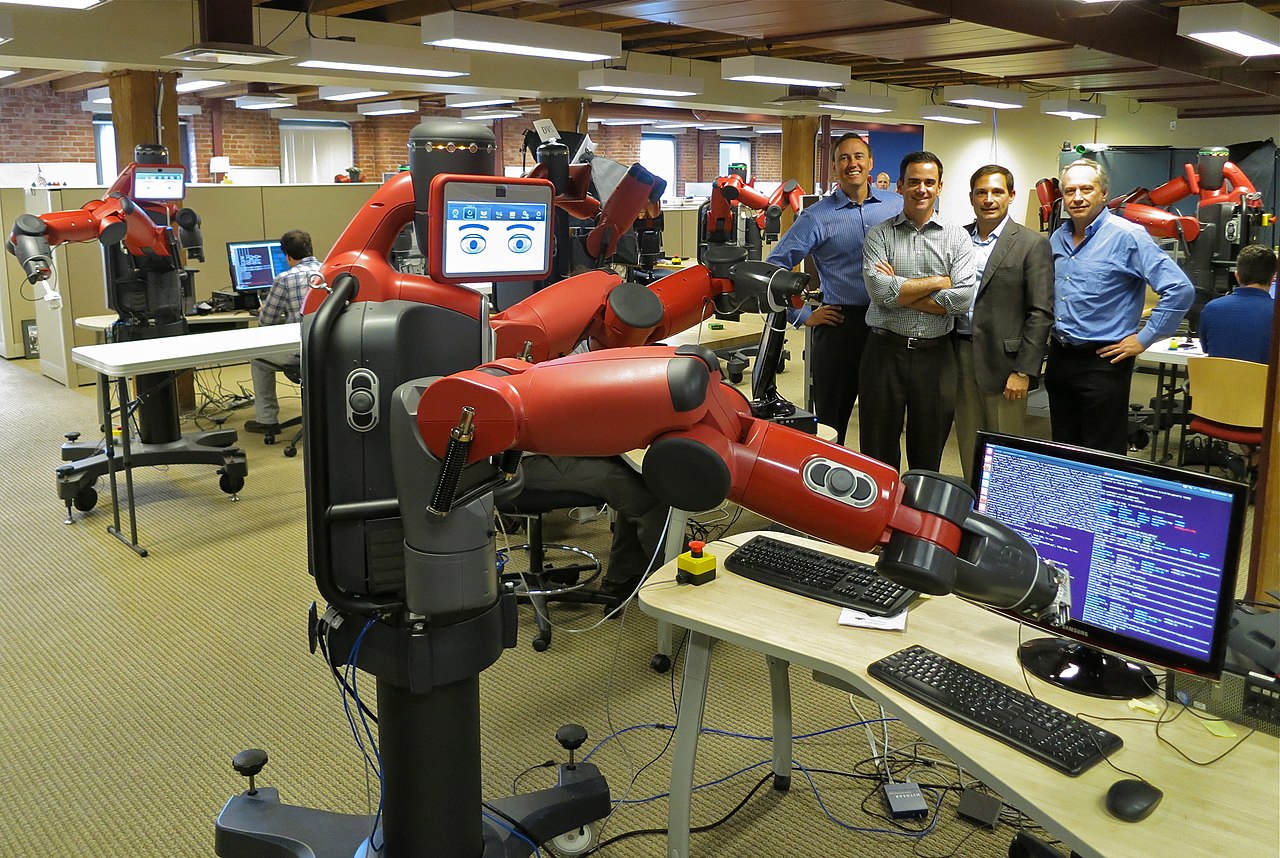



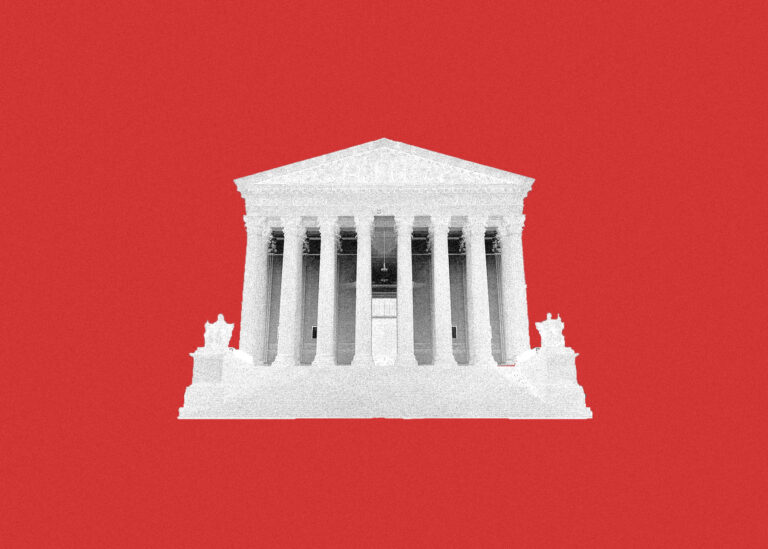


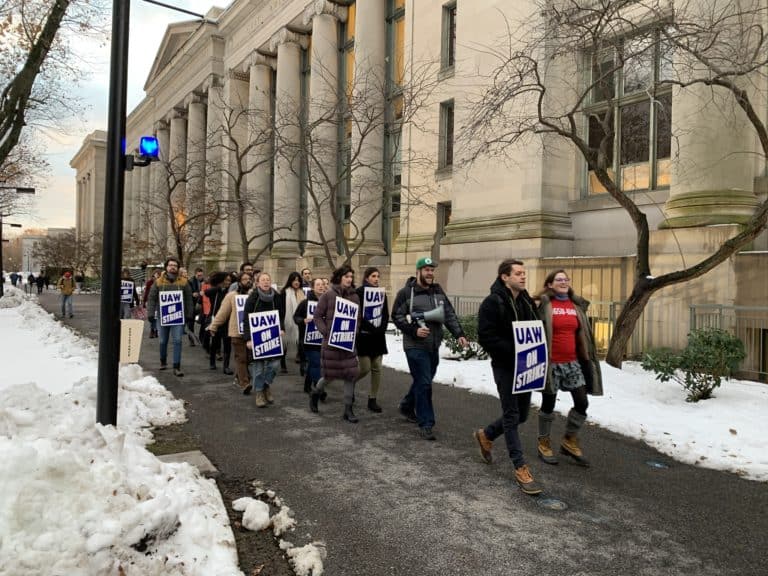
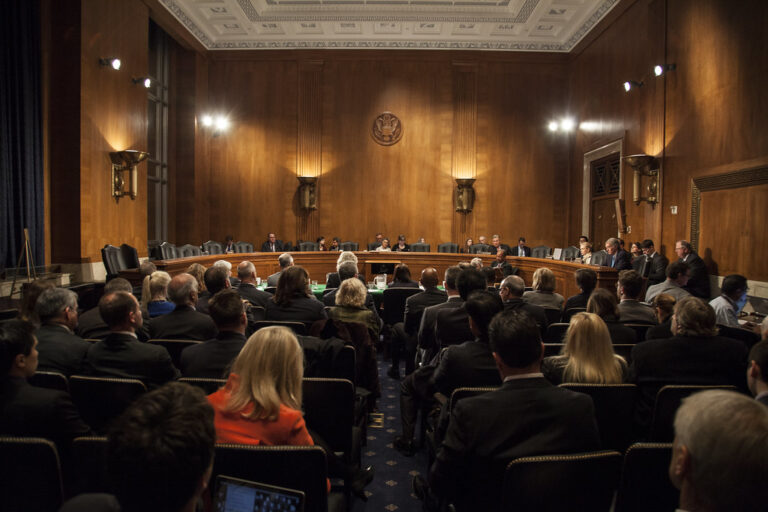
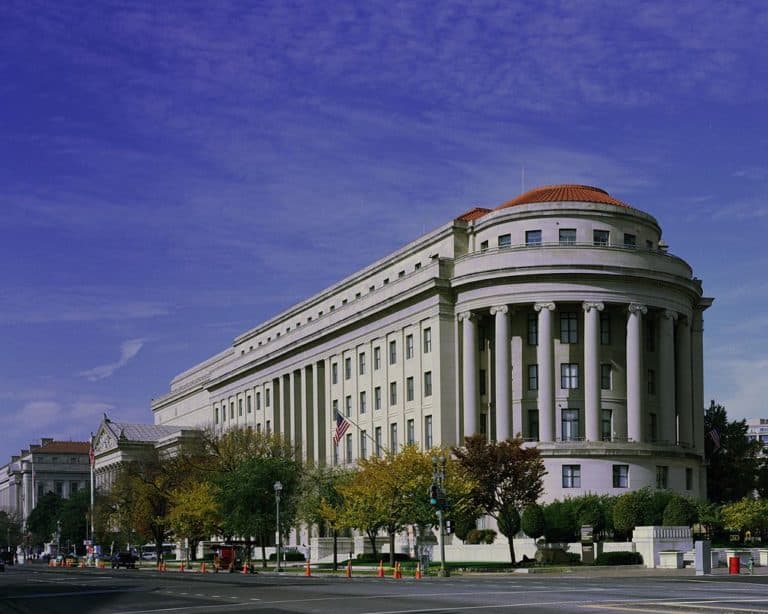
Daily News & Commentary
Start your day with our roundup of the latest labor developments. See all
November 24
Labor leaders criticize tariffs; White House cancels jobs report; and student organizers launch chaperone program for noncitizens.
November 23
Workers at the Southeastern Pennsylvania Transportation Authority vote to authorize a strike; Washington State legislators consider a bill empowering public employees to bargain over workplace AI implementation; and University of California workers engage in a two-day strike.
November 21
The “Big Three” record labels make a deal with an AI music streaming startup; 30 stores join the now week-old Starbucks Workers United strike; and the Mine Safety and Health Administration draws scrutiny over a recent worker death.
November 20
Law professors file brief in Slaughter; New York appeals court hears arguments about blog post firing; Senate committee delays consideration of NLRB nominee.
November 19
A federal judge blocks the Trump administration’s efforts to cancel the collective bargaining rights of workers at the U.S. Agency for Global Media; Representative Jared Golden secures 218 signatures for a bill that would repeal a Trump administration executive order stripping federal workers of their collective bargaining rights; and Dallas residents sue the City of Dallas in hopes of declaring hundreds of ordinances that ban bias against LGBTQ+ individuals void.
November 18
A federal judge pressed DOJ lawyers to define “illegal” DEI programs; Peco Foods prevails in ERISA challenge over 401(k) forfeitures; D.C. court restores collective bargaining rights for Voice of America workers; Rep. Jared Golden secures House vote on restoring federal workers' union rights.